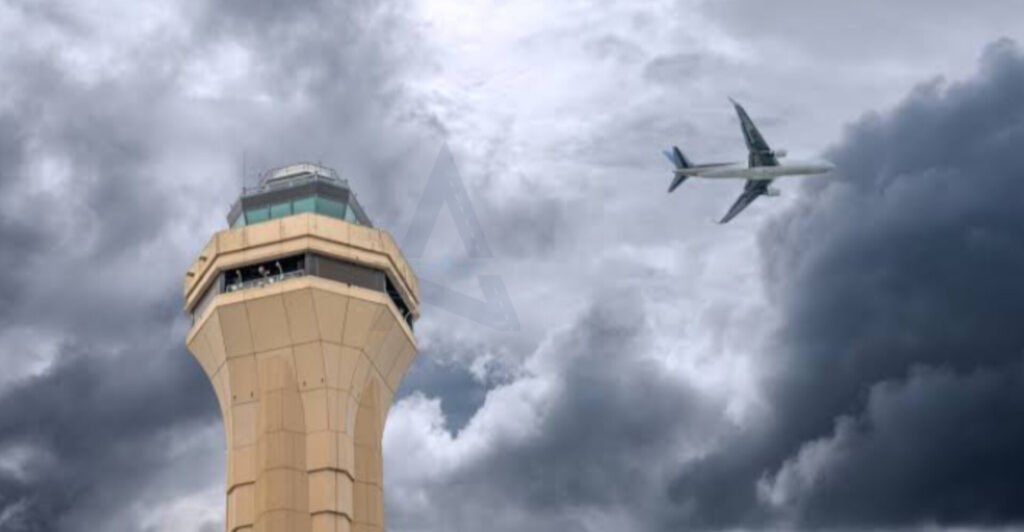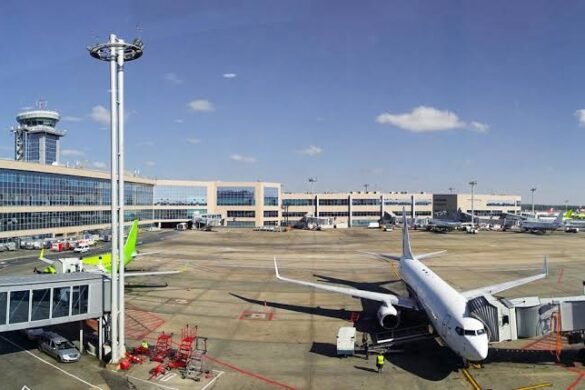The United States air traffic control system is facing a growing crisis, with a concerning rise in near miss incidents, air traffic controllers stretched to their limits, and a shrinking workforce due to ongoing job cuts. These factors are putting significant pressure on the nation’s aviation infrastructure, raising serious concerns about safety, efficiency, and the future of air travel in the U.S.
In recent months, there has been a noticeable uptick in near miss incidents, where aircraft come dangerously close to colliding. Experts warn that this trend could signal a breakdown in the air traffic control system, which is already operating at maximum capacity. Air traffic controllers, tasked with ensuring the safe and efficient flow of thousands of flights each day, are reportedly overwhelmed by the growing number of flights and reduced staffing levels.
The situation has been exacerbated by an ongoing series of job cuts across the Federal Aviation Administration (FAA), which oversees the air traffic control system. The administration has been under pressure to cut costs and streamline operations, but these measures have led to a reduction in personnel. With fewer controllers on duty, existing staff are being forced to handle an increasing number of flights, leading to fatigue, burnout, and errors that could compromise safety.
Air traffic controllers themselves have expressed concern over the mounting pressures they face. Many controllers report working long shifts, often under stressful conditions, without enough rest or support. The shortage of controllers is particularly felt during peak travel periods, such as holidays or summer months, when air traffic volumes spike.
The rise in near misses has drawn the attention of safety advocates, who argue that the FAA needs to invest more in hiring, training, and retaining air traffic controllers. Some experts suggest that technological upgrades, such as advanced radar systems and automated flight control systems, could help alleviate some of the strain on controllers. However, these solutions come with significant costs and would take time to implement.
The crisis has also sparked debate over the long-term sustainability of the current air traffic control system. With air travel expected to continue growing, the existing infrastructure may not be able to keep up with demand. If the situation is not addressed promptly, experts warn that the risks to passenger safety could grow, and the overall efficiency of U.S. airspace could suffer.
In response to the crisis, lawmakers have called for increased funding for the FAA and urgent reforms to address the staffing shortage. Additionally, there is mounting pressure on the government to prioritize safety and provide air traffic controllers with the resources they need to carry out their duties effectively.
As the air traffic control crisis continues to unfold, the industry faces an uncertain future. With air travel demand on the rise and an already overstretched system, finding a sustainable solution to ensure the safety of millions of passengers will be critical to the health of the U.S. aviation sector. Without immediate intervention, the system’s ability to manage the increasing volume of flights safely and efficiently could be at risk.

